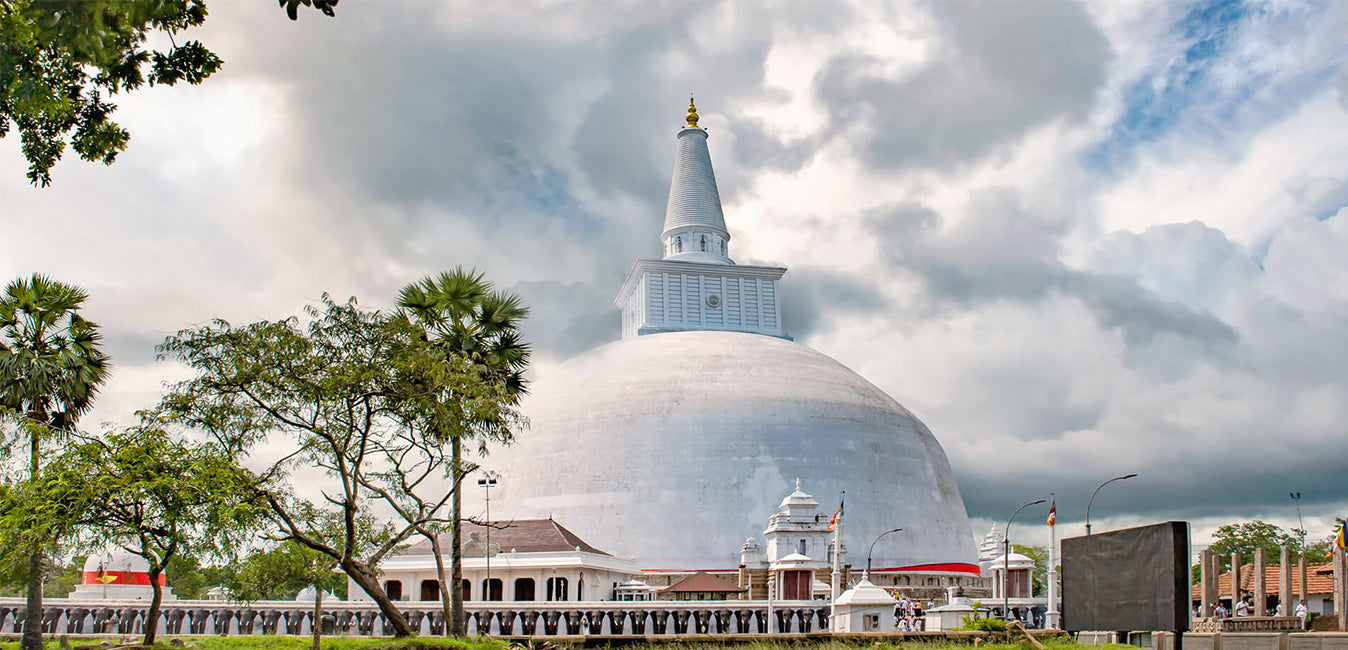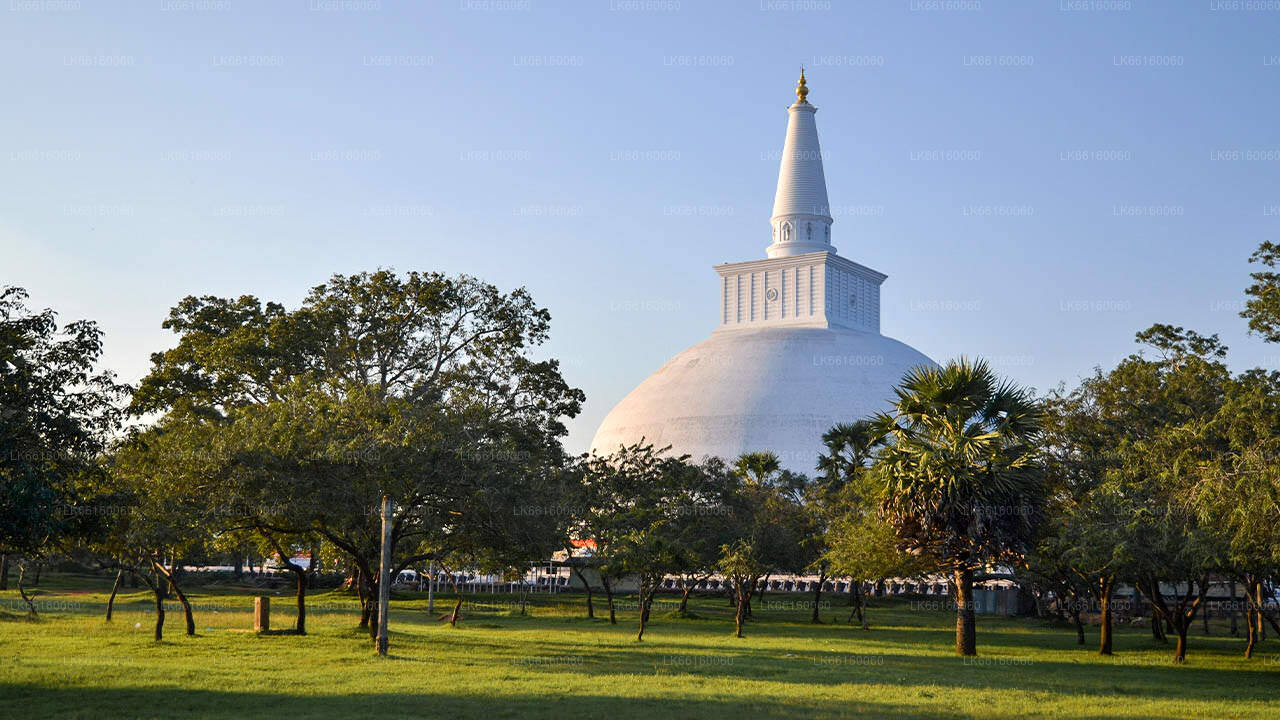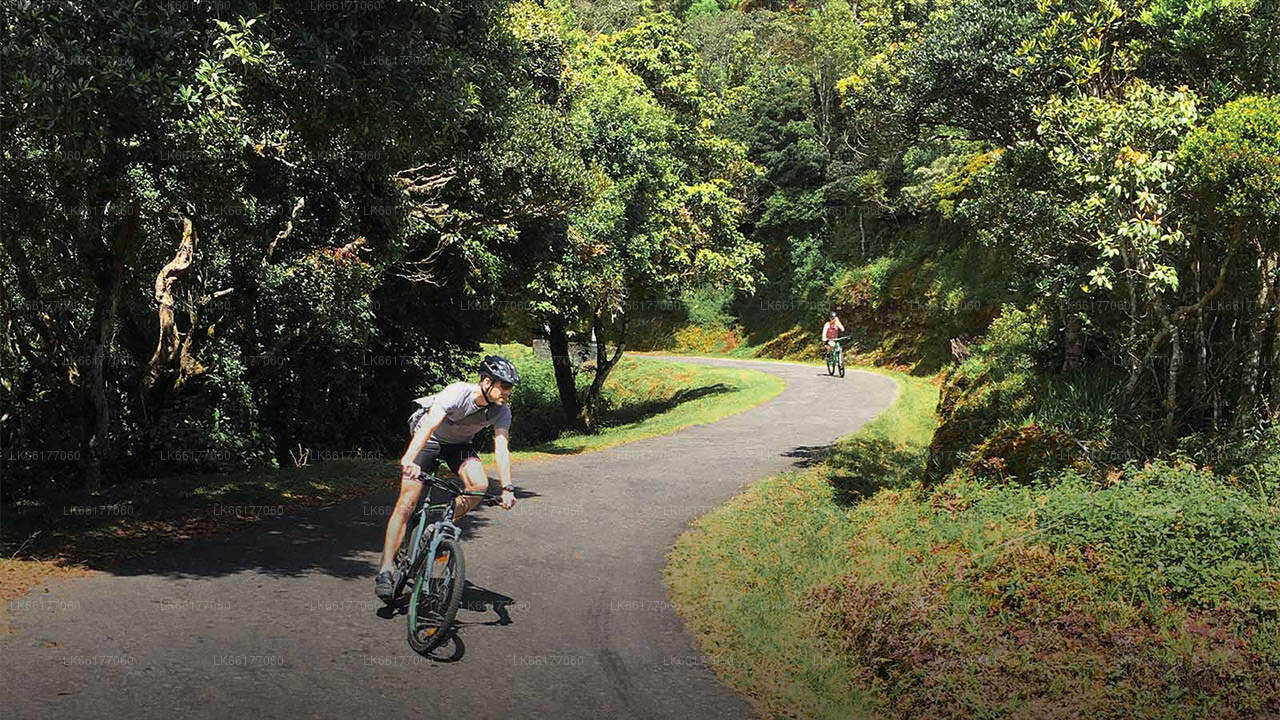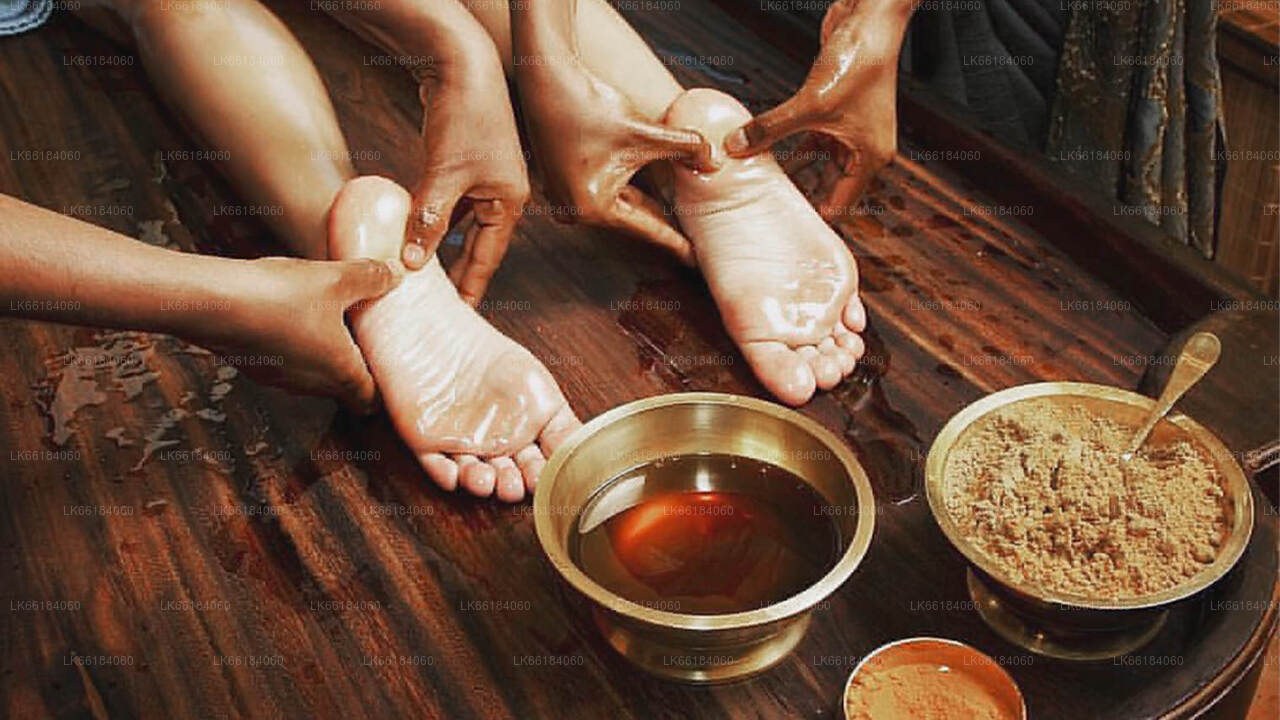
Cidade de Anuradhapura
Anuradhapura pertence à Província Centro-Norte do Sri Lanka. É uma das antigas capitais do Sri Lanka, famosa por suas ruínas bem preservadas da antiga civilização cingalesa. A cidade, agora Patrimônio Mundial da UNESCO, fica 205 km ao norte da atual capital, Colombo, no Sri Lanka.
Ritigala Archaeological complex
This site is the monastic complex on the lower slopes of Ritigala-kande – the Ritigala Mountain – situated in Sri Lanka’s North Central Province, 25 miles (40 kilometers) southeast of Anuradhapura. These ruins are some of the most distinctive the island has to offer. The Buddhist dagobas (domed relic chambers) and statuary of Anuradhapura and elsewhere are conspicuous by their absence.
The Archeological Site of Ritigala is situated at the eastern slopes of the Ritigala mountain range, the car park and entrance of the excavation site is 20 km to the northwest of Habarana by road. It can be reached from a turn-off at the Habarana-Anuradhapura Road (A11) at a distance of 12 km from Habarana. An 8.5 km along a graveled road leads to the car park of Ritigala at the foot of the mountain range. The distance from Anuradhapura New Town is 55 km, from Polonnaruwa Archeological Site 63 km, from Kandy 113 km, and from Trincomalee 105 km.
Attraction of Ritigala archaeological complex
The reservoir: the perimeter of this huge polygonal reservoir measures 366 meters. it is said to have been dug during the reign of King Pandukabhaya (437-367 BC). Because of its location even before the entrance to the monastery, its use would have been to allow pilgrims and visitors to perform a ritual bath before entering the premises. The reservoir is crossed by a river which supplied it with water. Visitors would walk along it clockwise and reach the other side of the river.
The hospital: among the remains still visible are those of an ancient hospital and facilities for making herbal medicines, a field in which the monks particularly excelled. We can still see a bathtub used for Ayurvedic baths, as well as stones used to reduce roots and herbs to powder.
The double platforms: about fifty terraces are visible in Ritigala. On each of them, a double platform was built. They were probably surmounted by buildings housing meditation cells and other spaces devoted to common rites and teachings. Each of these platforms is oriented east-west and a stone bridge connects each pair. These platforms are typical of forest hermitages like that of Ritigala.
The traffic circles: the paved path is crossed by traffic circles visible at each intersection. These are large slabs forming a circle from which two or more paths start.
Sobre o distrito de Anuradhapura
Anuradhapura pertence à Província Centro-Norte do Sri Lanka. Anuradhapura é uma das antigas capitais do Sri Lanka, famosa por suas ruínas bem preservadas da antiga civilização cingalesa. A cidade, agora Patrimônio Mundial da UNESCO, fica 205 km ao norte da atual capital, Colombo, no Sri Lanka. Na cidade sagrada de Anuradhapura e nas proximidades, há um grande número de ruínas. As ruínas consistem em três classes de edifícios: dagobas, edifícios monásticos e pokuna (lagos). A cidade possuía alguns sistemas de supervisão mais complexos do mundo antigo; Situado na zona seca do país, a administração construiu muitos tanques para irrigar a terra. A maioria dos civis é cingalesa, enquanto os tâmeis e mouros do Sri Lanka vivem no distrito.
Sobre a Província Centro-Norte
Província Centro-Norte, que é a maior província do país, cobre 16% da área total do país. A Província Centro-Norte consiste em dois distritos chamados Polonnaruwa e Anuradhapure. Anuradhapura é o maior distrito do Sri Lanka. Sua área é de 7.128 km². A Província Centro-Norte tem vários potenciais para investidores iniciarem seus negócios, especialmente agricultura, agroindústrias e setores pecuários. Mais de 65% da população da Província Centro-Norte depende da agricultura básica e das agroindústrias. O NCP também é chamado de "Wew Bendi Rajje" porque há mais de 3.000 tanques de médio e grande porte situados na província. Sri maha bodiya, Ruwanweli seya, Thuparama dageba, Abayagiri Monastry, Polonnaruwa Rankot wehera, Lankathilake estão assustados

















